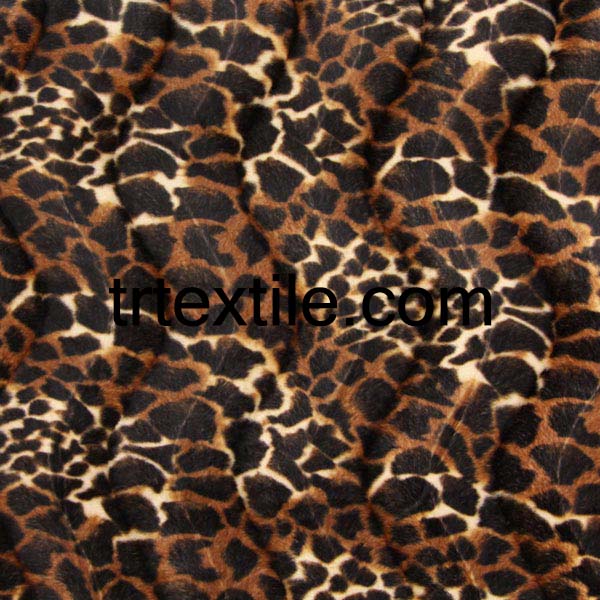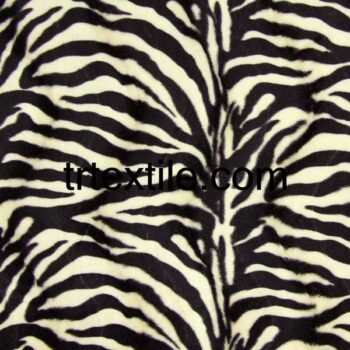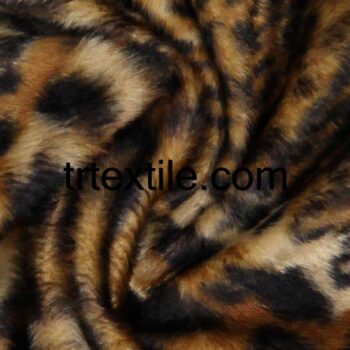Fur fabric has been a popular choice for clothing and accessories for centuries, prized for its warmth, durability, and luxurious feel. While fur has been used by humans for thousands of years, the production of fur fabric as we know it today began in the 19th century with the development of mechanical fur processing techniques.
Fur fabric is made from the pelts of animals such as minks, foxes, rabbits, and chinchillas. These pelts are first processed to remove any remaining hair or fur, then tanned and dyed to create a soft and supple fabric. The quality of fur fabric depends on the type of animal used, as well as the processing and finishing techniques employed.
One of the most popular types of fur fabric is mink, known for its softness and luxurious feel. Mink fur is highly prized for its warmth and durability, making it a popular choice for coats, hats, and accessories. Fox fur is another popular choice, known for its long, silky hairs and rich colors. Rabbit fur is a more affordable option, prized for its softness and lightweight feel.
Chinchilla fur is one of the most luxurious options, known for its incredibly soft and dense fur. Chinchilla fur is often used in high-end fashion pieces and accessories due to its rarity and high cost. Other types of fur fabric include raccoon, beaver, and sable, each with its own unique characteristics and qualities.
Fur fabric can be used in a variety of ways, from full-length coats and jackets to accessories such as hats, scarves, and gloves. Fur fabric can also be used as trim on garments or as a lining for added warmth and luxury. In recent years, fur fabric has also been used in home decor items such as pillows, throws, and blankets.
Despite its popularity, fur fabric has also been the subject of controversy due to concerns about animal welfare and environmental impact. Many animal rights activists argue that the fur industry is cruel and inhumane, as animals are often raised in cramped conditions and killed inhumanely for their pelts. In response to these concerns, many fashion designers and retailers have stopped using real fur in their products, instead opting for faux fur alternatives.
Faux fur fabric is a synthetic material designed to mimic the look and feel of real fur. Faux fur is often made from acrylic or polyester fibers, and can be just as soft and luxurious as real fur. Faux fur fabric is a more ethical and sustainable option for those who want the look of fur without the environmental and ethical concerns.
In conclusion, fur fabric is a luxurious and versatile material that has been prized for its warmth and beauty for centuries. While the fur industry has faced criticism for its treatment of animals, faux fur fabric offers a more ethical and sustainable alternative for those who want to enjoy the look and feel of fur without the guilt. Whether real or faux, fur fabric will continue to be a popular choice for clothing, accessories, and home decor for years to come.




